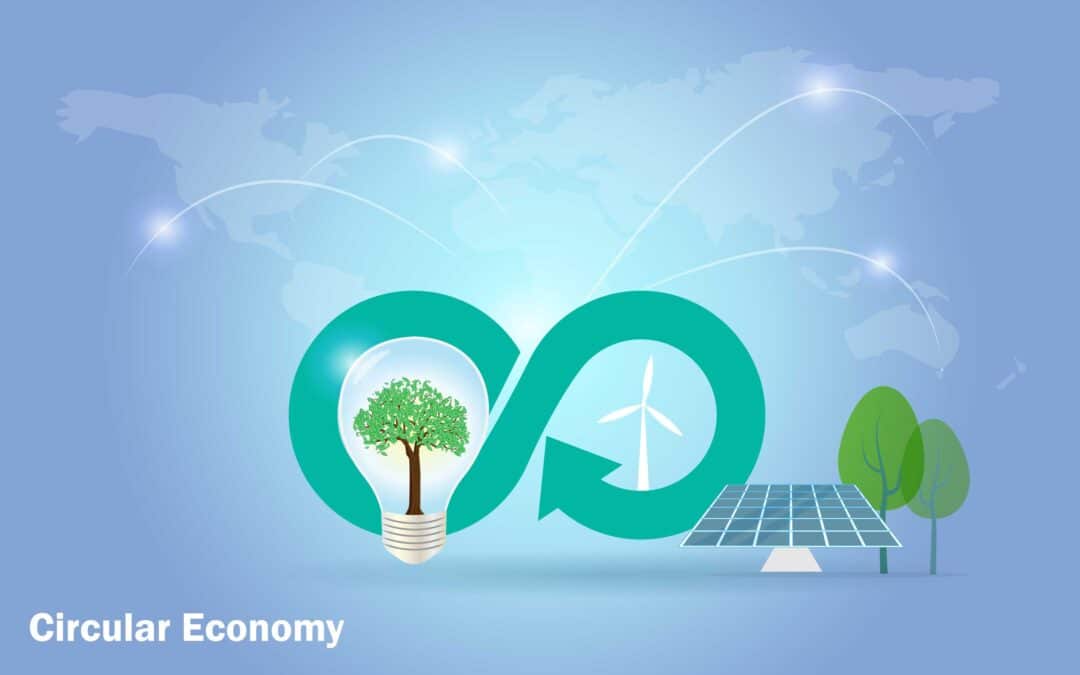Every day the planet sends us signals that our production and consumption model is obsolete. The evolution of climate change in recent times and overpopulation are clear signs of it.
World’s population is growing fast and demands for natural resources. However, the planet’s resources are finite, and once they are gone, they are gone forever. That is why it is essential moving towards to a circular economy, where waste is minimized and resources are reused or recycled.
But what is the circular economy based on? A circular economy is based on three principles: reduce, reuse and recycle. First, reducing the amount of resources used is the most effective way to conserve them. Reusing resources extends their useful life, and recycling allows us to turn them into new products. By following these principles, we can close the circle of resource consumption and help protect our planet for future generations.
The term “circular economy” was first appointed in the 1970s by Ecologist magazine, but the concept has been around much longer. In a circular economy, waste is designed out of the system and products are made to last. This contrasts with the linear “take-make-dispose” model, which is characterized by waste and pollution. The circular economy is often seen as a more sustainable alternative to this traditional model.
Under this definition, it could be said that the circular economy is an alternative to the traditional linear economy, in which resources are used once and then discarded. In a circular economy, materials are reused and recycled rather than discarded. This approach has many benefits. It helps conserve resources, reduces pollution and creates jobs. It also helps build resilience in the face of economic downturns, as recycling and reuse can provide a buffer against fluctuations in raw material prices.
There are many different ways to put the circular economy into practice. One example is to use recycled materials to make new products. This closed-loop system prevents waste from going to landfill and reduces the need for virgin materials. Another approach is to design products to be repaired or reused rather than discarded. This prolongs the life of products and reduces consumption.
The circular economy is gaining supporters as more companies and governments recognize its potential benefits. Several initiatives have been launched in recent years to promote the transition to a circular economy. These include the Ellen MacArthur Foundation’s Circular Economy 100 program and the European Commission’s Circular Economy Package. As awareness of the benefits of the circular economy increases, we are likely to see more organizations adopting this sustainable way
At TCI GECOMP, we are aware of the urgent need to change the way we produce and consume energy if we are to build a sustainable future for our planet. That is why we are committed to developing clean technologies that will help us move towards this goal. We believe that renewable energies are the key to a sustainable world, and we strive to develop solutions that make this a reality. We constantly innovate and extending our offerings to provide our customers with the best possible products and services. We are committed to making a positive impact on the world, and we will continue to work hard to achieve our goals.


Recent Comments